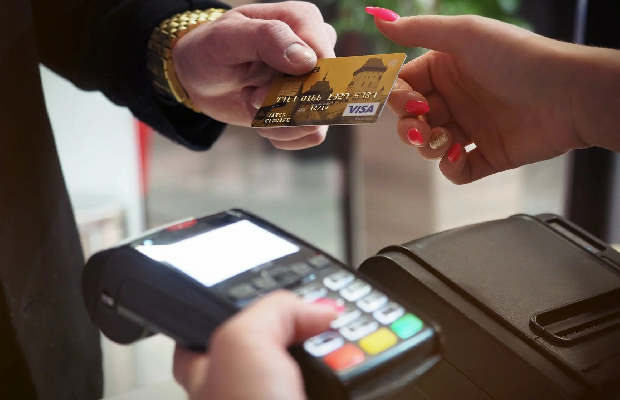In the Philippines, small businesses have certainly come a long way from the manual point-of-sale systems that were ubiquitous in the past generation. Today, more small and medium-sized business owners have recognized the value in keeping basic systems such as their point-of-sale payment processing solutions up to date.

While it has been a bit of a cliché for enterprise resource planning (ERP) software vendors to say that “the future is mobile” when they market their products, this isn’t exactly true. The present is mobile. It has been for at least the past decade, since the adoption of smartphones and mobile internet solutions.
If you’re interested in updating your point-of-sale (POS) system for the 2020s and beyond, going with something that has mobile functionality can pay off in several ways. Here are just some of the reasons businesses today should look into adopting a mobile POS system.
1. Mobile POS systems can boost sales. Adopting a mobile POS (mPOS) system is almost guaranteed to boost your sales, given that we have long passed the point of no return for mobile technology adoption. More customers prefer to use mobile payment solutions than ever before, and if you haven’t adopted an mPOS, you’ll find that some will pass you over for competing businesses that have adopted such a solution. The adoption of a mobile point-of-sale system also automates much of the sales process, which allows you to service more customers, further driving sales.
2. Better data security. The devices that process mobile transactions do not store card and mobile wallet data, which reduces your liability in case of a data breach and makes the customer safer as well. This benefit has long been enjoyed by larger businesses, but with the advent of more affordable mPOS solutions for SMEs, virtually any business can enjoy the same level of security as well.
3. Better data analytics. While the mPOS devices do not store card data, they can be used to automatically provide other kinds of information that could be useful for your marketing efforts. When linked to marketing automation software or an ERP, mobile systems can give you insight into the behavior of customers that use mobile payment solutions. This can allow your business the opportunity to make timelier forecasts and decisions in a fast-paced marketplace.
4. A more convenient way of migrating to EMV. Many conventional credit card solutions widely used in the Philippines are no longer accepted internationally. EMV card solutions are a necessity for any business that wants to be able to accept payments from more customers, particularly overseas. Philippine businesses that desire to tap into the international market will likely want to be able to accept EMV cards. Going with a new mPOS solution is one of the fastest and least expensive ways to accept EMV payments, as well as enjoy contactless solutions such as NFC and QR code readers.
5. Better customer experience. Mobile internet is about as transformative to society as any technology can hope to get. With a majority of Filipinos now accessing the internet through mobile devices, it is fair to say that the wider adoption of mobile payments is the next logical step. The 2020 pandemic and the rise of different services in the “mobile economy” has only further increased the number of Filipinos that prefer mobile payment solutions.
The increased use of different mobile payment solutions such as mobile wallets and contactless solutions is not likely to end. This means that any business that wants to remain competitive through the 2020s has to adopt mobile point-of-sale systems to stay competitive.
6. Acceptance of mobile wallet payments. There has also been a jump in the use of mobile wallet services, partly due to convenience, and also because many Filipinos do not see the benefits of conventional banking. To better tap into the growing market of mobile wallet users, adopting a modern mPOS is essential.
7. Reduced human error. The more steps in a transaction that are handled by a human, the more chances of an error happening somewhere along the way. With an updated mPOS system, you can dramatically reduce the losses due to human error because most of the process is automated. This means that not only does your business get to accommodate more people, but you can process their transactions far more accurately as well.
8. You’re better positioned for the future. According to the UK-based think tank Juniper Research, by 2021, mPOS will account for about 1/3 of all installed POS terminals worldwide. This will account for about 45% of POS transaction value, which comes down to approximately $5.6 trillion. Even today, not adopting an mPOS would be tantamount to leaving money on the table. In all likelihood, you will be able to recover the cost of adoption relatively quickly due to the rapidly growing share of mobile POS payments worldwide.
Conclusion
If you haven’t already upgraded your POS to accept popular mobile and contactless solutions, you are already about a decade behind. The gap between you and businesses that have already adopted this critical tech will only widen with time.
Thankfully, these solutions are now democratized and within reach of most businesses. Now, even micro-businesses can benefit from updating their POS to accept mobile transactions. The key is to choose a solution that fits with your current setup as well as the long-term goals you have for your business.
Sponsored Post




